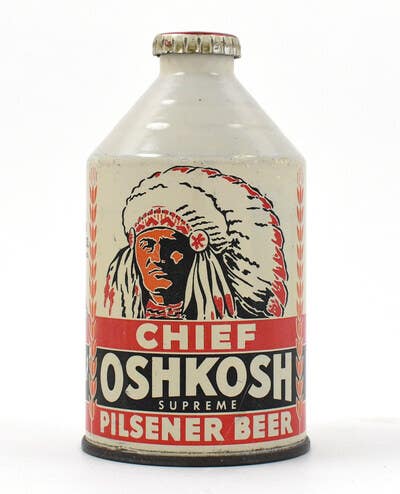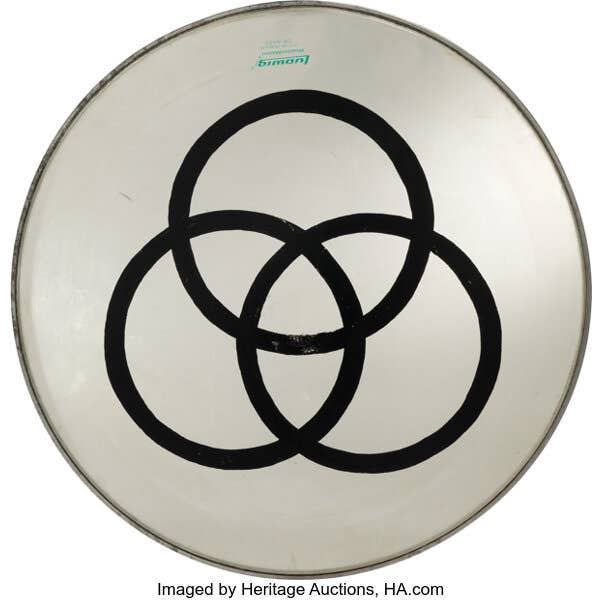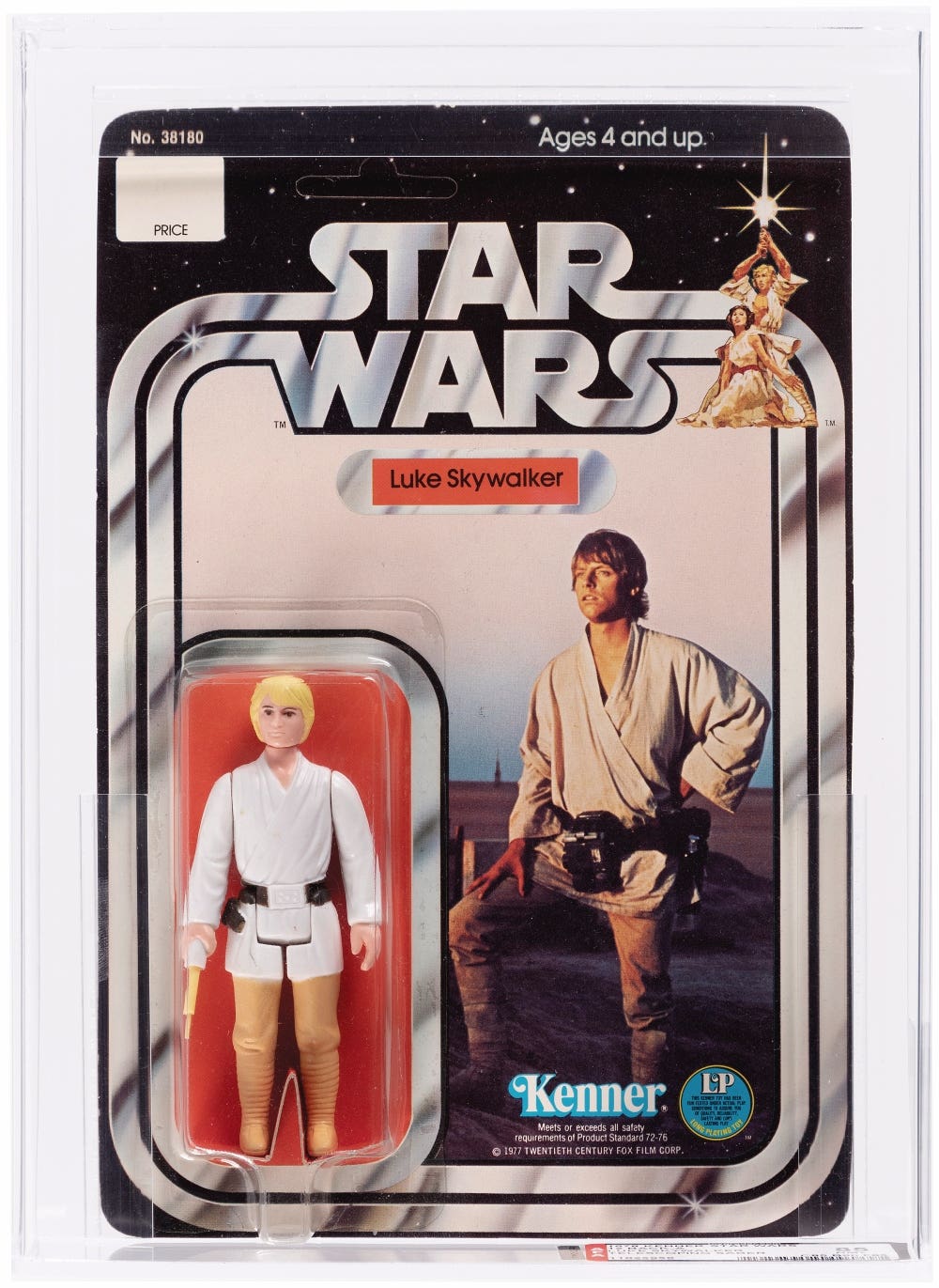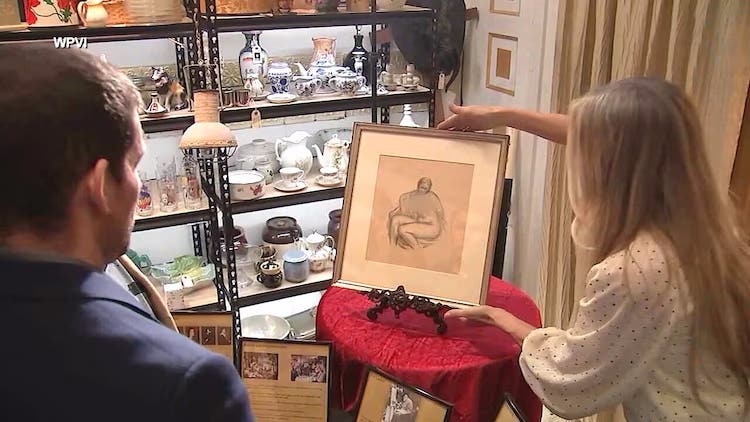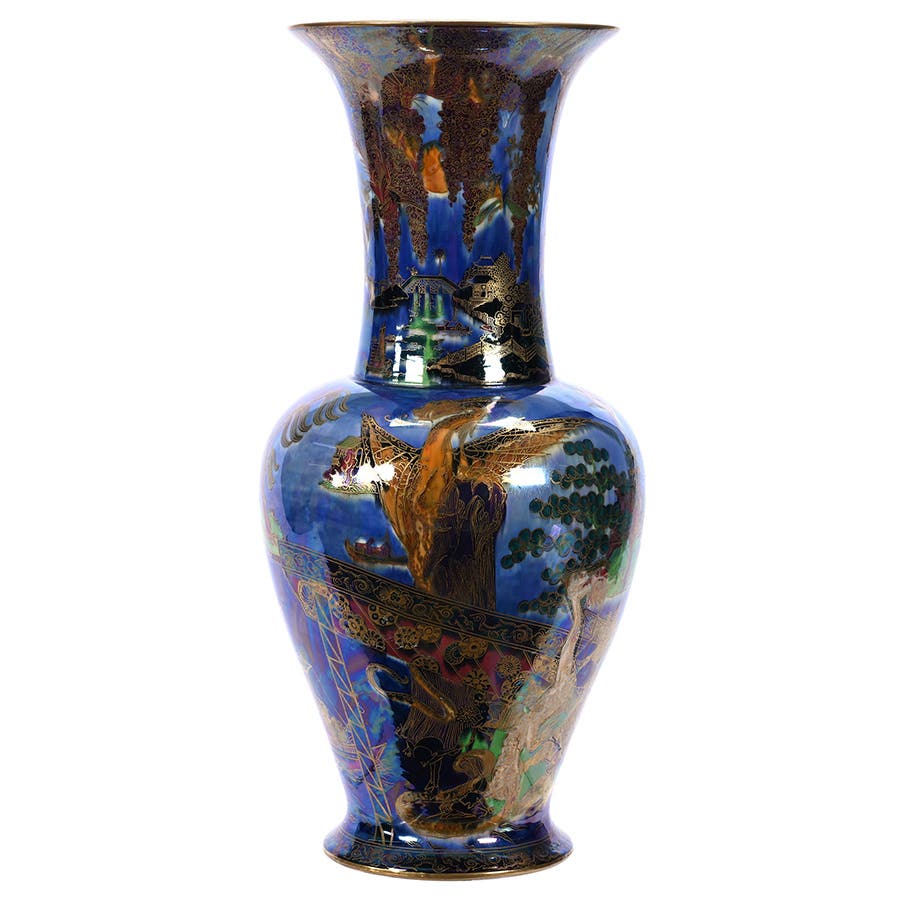A Magic: The Gathering Card is worth $500,000? Yup!
Expert Ben Bleiweiss explains why a rare Alpha Black Lotus card that sold for a world-record amount on eBay is worth a half million dollars. Seriously.
Many people were shocked recently when a PSA 10 graded Alpha Black Lotus from Magic: The Gathering, with a case signed by the card’s illustrator Christopher Rush, sold for a record-setting $511,100 on eBay. The sale January 27 demolished the previous high-selling price of a PSA 10 Alpha Black Lotus (population 7), which sold for $250,000 in July of 2020.
The Big Question: Is it worth it?
Let’s take a look.
When I first wrote my book, Magic: The Gathering Cards – The Unofficial Ultimate Collector’s Guide, in 2018, an Alpha Black Lotus was selling in Near Mint condition for just $27,000. Today, the same Near Mint (approximately PSA 8) would sell for closer to $80,000 to $100,000. Is this increase of nearly 400% in value a fluke, or is this an indication of the long-term value of Magic: The Gathering cards?
First, some background. Magic: The Gathering is a trading card game (TCG) produced by Wizards of the Coast (WOTC). It debuted at the Gen Con game festival in 1993, and was an instant success. The first print run (Alpha) sold out almost instantly, and two reprint editions (dubbed Beta and Unlimited) flew off the shelves just as quickly.
Before long, Magic became a No. 1 seller at the hobby store level. Wizards of the Coast acquired the initial license for distribution of the Pokémon TCG in 1998, which put it on the map for Hasbro. Hasbro purchased WOTC in 1999 for $325 million dollars. At the time, the Pokémon license was the main value in this purchase. When Nintendo reverted the license back to themselves in 2003, Magic became the legacy centerpiece of this deal.
Since that time, Magic: The Gathering has grown to be one of the best-selling games on the planet. It has grown to such a size that Hasbro considers it a franchise brand, putting it in the same category as Nerf, Play-Doh, Transformers, My Little Pony and Monopoly. Magic is currently produced in 11 languages, is distributed globally, and has seen a tremendous period of growth over the past five years.
Many industries have taken a downturn during the pandemic, but the gaming sector has seen a tremendous period of growth. With people stuck at home, the ability to play games with close family/friends has become essential. Demand for MTG cards has risen. Traditionally there have been large amounts of cards that change hands at various conventions across the world (most notably the Star City Games Open events and MagicFests), but these have been shuttered due to COVID restrictions. This had led to a dual force of increased demand, and a very inelastic supply of cards hitting the market.
While there might be millions of copies of any individual new card released in a current-day set, the original set (Alpha) only has 1,100 printed copies of each Rare card (the ones that are hardest to have acquired from packs of the product back in July of 1993).
Moreover, Wizards of the Coast has a Reprint Policy – called the Reserve List - which states that certain Rares printed from 1993 to 1999 will never be reprinted (either identically, or through functionally identical game pieces). You can see the Reprint Policy here.
Black Lotus is considered the most powerful and most desirable Magic card ever printed. I can equate it to Action Comics #1 (the Superman origin story comic book) or a 1952 Topps Mickey Mantle card. There are 1,100 Alpha, 3,000 Beta and 16,000 Unlimited Black Lotus ever produced, and that’s all the Black Lotus there will ever be produced.
The rise in general value of older Magic cards (especially those from Alpha/Beta/Unlimited or for cards on the Reserve List) has been driven by three sectors:
1. Organic demand: The player base for Magic: The Gathering is in the millions (if not tens-of-millions), and continues to grow year-over-year. As new players enter the game, demand for Reserve List cards continues to grow. Since there is a finite supply of each Reserve List card, the organic demand for these cards drives prices higher and higher.
2. Bitcoin growth: The value of older Magic: The Gathering cards tend to rise when the price of Bitcoin rises. Magic has been around for 28 years, and older cards have steadily increased in value over time. As people cash out their Bitcoin at higher values, they look for alternative investments in which to put their money. Since MTG has shown a good yield over time, it has been an ideal vehicle for parking money.
3. Investment Funds: Much like Bitcoin growth, there are a number of investment managers who have noticed that the yield year-over-year on Reserve List cards for Magic has outperformed mutual funds, many stocks, and other more traditional sources of income. They have started putting money into buying up Reserve List cards, and have seen the return on their investments top 10-20% compounded annually.
As an example of No. 3, if you had bought an Alpha Black Lotus (Near Mint – PSA 8) in 2018 for $27,000, you’d be able to sell it easily today for $80,000 (and likely get $100,000 if you held out for a buyer). This is 296% return on investment, which is tremendous! Other Reserve List cards have performed equally well.
Revised/3rd Edition is a newer version of the Unlimited Set. Wizards printed Unlimited in December of 1993, and released Revised in the fall of 1994. Revised removed a number of Unlimited cards that were problematic from a gameplay perspective, and replaced them with cards from other stand-alone sets that had been released in the interim (Arabian Nights and Antiquities).
Here are the prices of the top 20 most valuable Revised cards as of January 2021 versus the prices when my book was published (August of 2018). Seventeen of these 20 cards are on the Reserve List (Demonic Tutor, Birds of Paradise and Sol Ring are not).
Magic: The Gathering is a rock-solid collectible, and has shown no sign of slowing down in popularity. At 28 years old, Magic is selling better than ever, and people are playing more games of Magic than ever before. Likewise, interest in the truly collectible pieces of the hobby continues to grow, as do the prices for these pieces. I anticipate that we’ll continue to see record-breaking prices come out of the Magic: The Gathering game in the years to come.
Ben Bleiweiss is the author of Magic: The Gathering Cards: The Unofficial Ultimate Collector's Guide. He is widely considered the father of Magic: The Gathering finance and remains a leading voice in the hobby.




